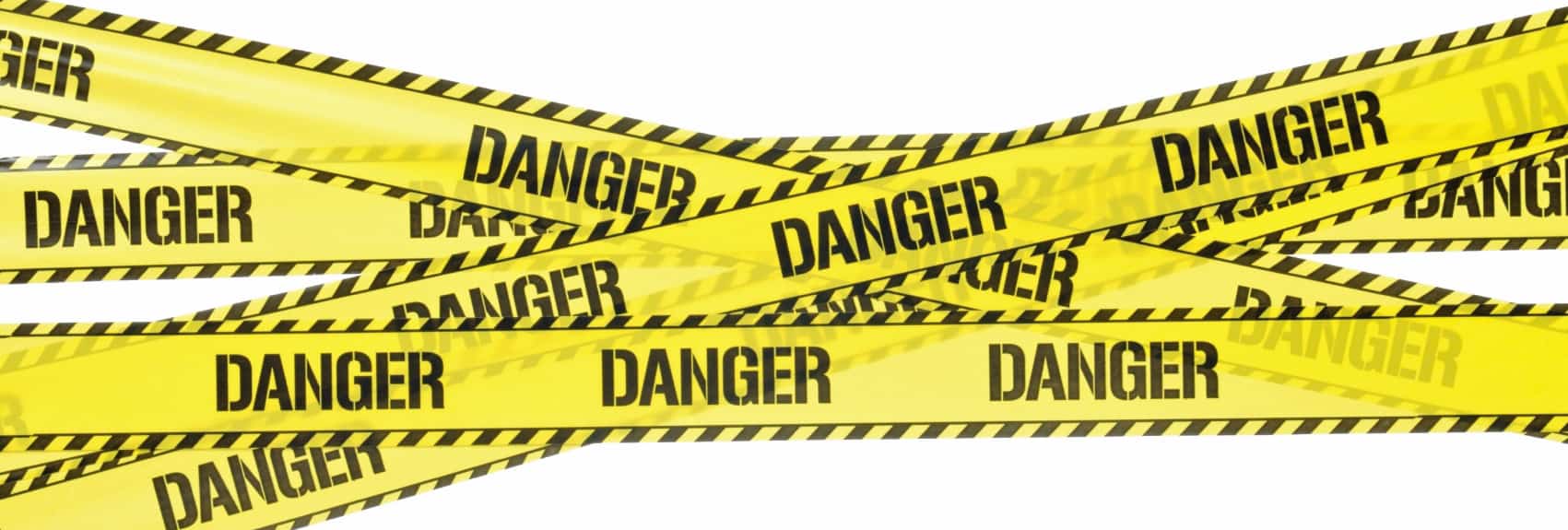The investigation into workplace deaths associated with Australia’s Home Insulation Program (HIP) was refreshed yesterday with the publication of some of the terms of reference for a new Government inquiry into the program. The HIP deaths is an enormously politically charged issue in Australia and the politics, and associated media attention, could derail an inquiry that has the potential to provide important occupational health and safety, risk management and governance issues.
Greg Hunt, Environment Minister is quoted as saying that
“The Government is committed to a full inquiry into Kevin Rudd’s home insulation scheme that was linked to the tragic loss of four young lives,….”
According to the Courier-Mail newspaper on 27 October 2013 there will be ten elements in the terms of reference but only four are mentioned:
- The process and basis of government decisions while establishing the program, including risk assessment and risk management;
- Whether the death of the four men could have been avoided;
- What if any advice or undertakings given by the government to the industry were inaccurate or deficient, and;
- What steps the government should have taken to avoid the tragedies.
These four seem reasonable aims but this information has been leaked, the full terms of reference have not been released and a person to head the inquiry is yet to be announced.
 Continue reading “The Australian Government targets former PM, Kevin Rudd, over insulation deaths”
Continue reading “The Australian Government targets former PM, Kevin Rudd, over insulation deaths”


